Wash your hands frequently with soap, sanitize surfaces in your home, and maintain distance from sick people to reduce your risk of catching a cold.
A common cold is an upper respiratory infection affecting the nose and throat. Common symptoms include coughing, sneezing, changes in mucus color, rash, earache, and sore throat.
The disease is caused by viruses, with approximately 200 different types of viruses. Of these, rhinovirus is the most common cause. The virus can be transmitted from person to person through coughing, sneezing, or contact with surfaces contaminated with viral secretions.
Germs spread more easily in confined spaces. If someone in the house has a cold, other family members are at a higher risk of infection. Here are some ways to help protect your family from illness.
What should be done
Washing your hands frequently is the best way to prevent colds. Family members are highly likely to touch germs clinging to objects around the house. Germs on your hands can easily enter your body if you touch your eyes, nose, or mouth.
Wash your hands thoroughly before eating, after using the toilet, changing diapers, or washing clothes for a sick person. Wash your hands before and after caring for someone with a cold. Use hand soap or antiseptic to ensure your hands are clean.
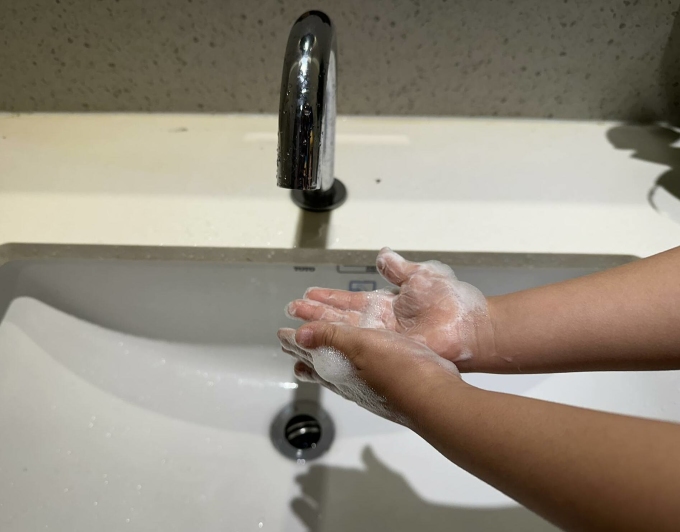
Washing hands helps remove bacteria and prevent colds. Photo: Anh Chi
Clean surfaces: To prevent the spread of germs, people should regularly clean and disinfect surfaces such as tables, chairs, refrigerator handles, doorknobs, TV remotes, and faucets.
Devices such as televisions, computers, laptops, and phones can also harbor bacteria and need to be cleaned every 24 hours. When children have a cold, parents should clean and disinfect their toys regularly.
Use disposable items: Cold germs can cling to fabrics like tablecloths, towels, and hand towels. People who are sick should use paper towels to wipe their hands, face, and nose, and discard them immediately after use. Even for wiping dishes and utensils, you should use paper towels temporarily during this time. Use disposable paper cups instead of toothbrush cups and drinking cups.
Keep your distance from sick people for 3-5 days or until symptoms have completely cleared to ensure germs don't spread through contact.
If possible, the patient should stay in a private room for daily activities and sleep. Prepare some necessary items such as tissues, a trash can, medication, and a water bottle in the room.
Boost the immune system of patients and their families with plenty of fruits and vegetables. Prioritize foods rich in vitamin A (sweet potatoes, carrots, spinach), vitamin C (citrus fruits), and vitamin E (almonds, sunflower seeds).
Lean protein (seafood, eggs, beans) also contributes to strengthening the body's defenses and protecting against disease. Rest and regular exercise help boost immunity.
Do not do
Family members should not share food, drinks, cups, face towels, or bath towels with the sick person. Keep the sick person's toothbrush separate from other people's toothbrushes in the house. The sick person should not be allowed to continue using a toothbrush after they have recovered.
Do not let healthy children share toys, and avoid bad habits such as nail biting, eye rubbing, or pencil chewing, as these create conditions that allow germs to easily enter the body.
Everyone should get a flu shot regularly. Flu vaccines typically take two weeks to become effective.
( According to WebMD )
| Readers can ask questions about ear, nose, and throat diseases here for doctors to answer. |
Source link












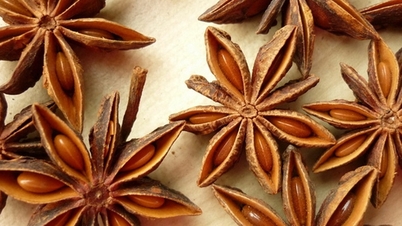
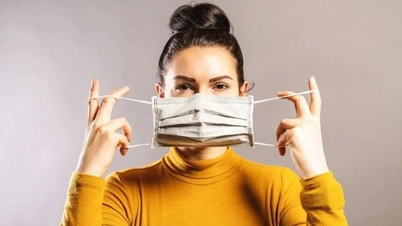







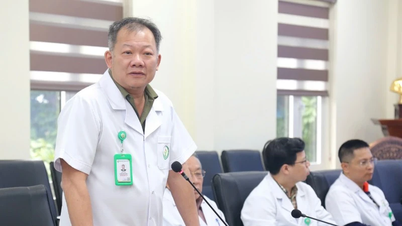















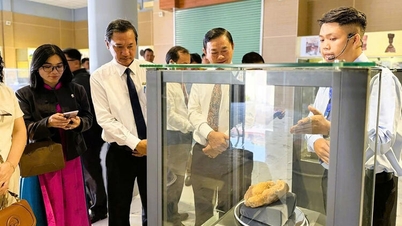





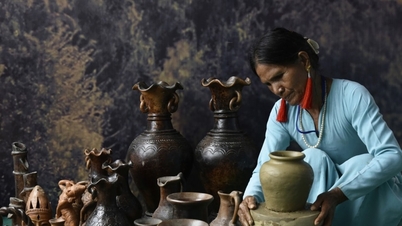




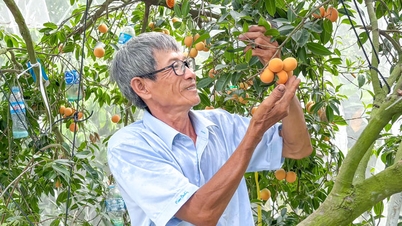

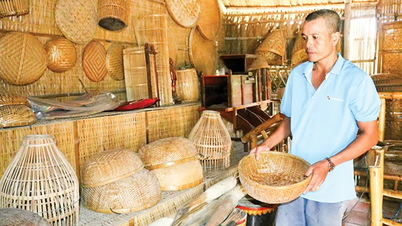



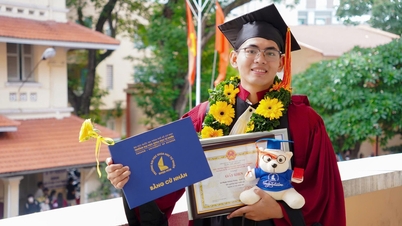

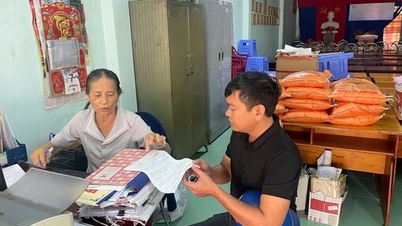

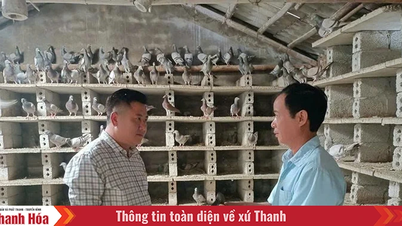







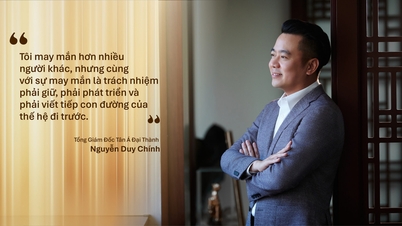
















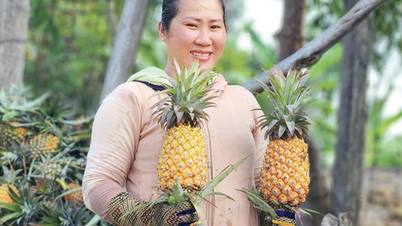









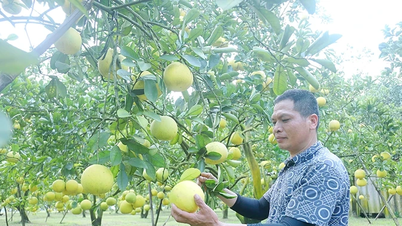

















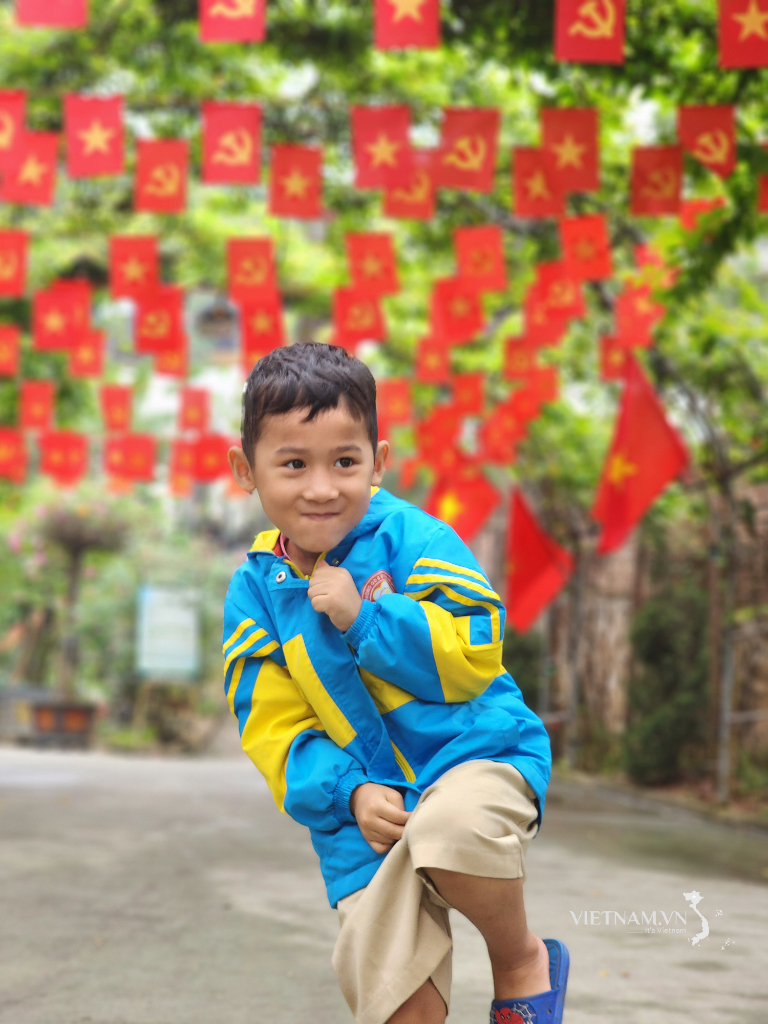




Comment (0)